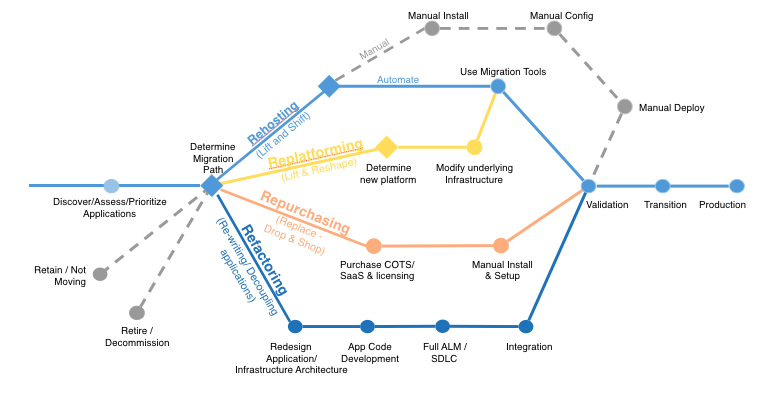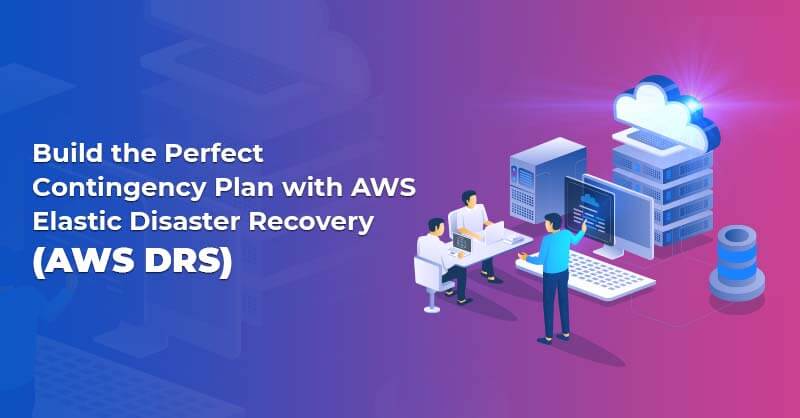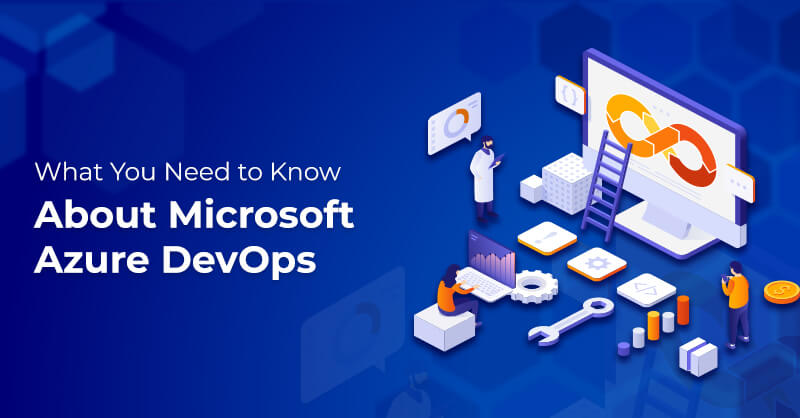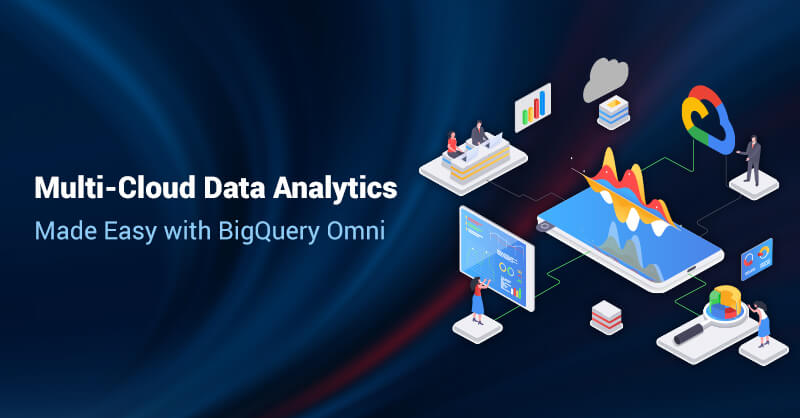6 Strategies for Migrating Applications to the Cloud
Cloud Migration is a complicated journey and must be treated carefully. Several technologies are rapidly evolving day in and day out but nothing can come closer to the revolution that cloud has been through in these last few years. The key aspect of cloud is the fact that it has made an impact on all the aspects of business and professional life of people. Significance of cloud strategy has reached the extent where companies can no more wait and need to migrate all the utilities. Cloud has created an even field where the investment and size of the company no more matters.
Using this as a base, organizations should be able to outline a plan as to how they will migrate the applications from their portfolio.

What are the Benefits of Migrating to AWS Cloud?
With so much data around, cloud migration is an ultimate solution today. It is the method to move data, applications, and other business modules from an organization’s on-premises infrastructure to the cloud, or moving them from one cloud service provider to a different one.
Why Should You Consider AWS Cloud Migration?
According to the latest study, it is expected that by 2020, more than one third of the data will be soon on the cloud.
Some of the benefits of AWS cloud migration:
- Modernize Current IT Base
- Increase Business Agility
- Security
- Preparing to be Futuristic
- Lower Infrastructure Cost
- Disaster Recovery
6 Application Migration Strategies: “The 6 R’s”
6 different migration strategies we see customers implement to migrate applications to the cloud.

1. Rehost
- Known as “Lift & Shift”.
- Most rehosting can be automated with tools like AWS VM Import/Export, Racemi)
- Though some customers decide to do this manually, they get to know how to apply their legacy systems in the cloud.
- Applications are easier to optimize when they are already running in the cloud
2. Replatforming
- Also called as “lift-tinker & Shift.”
- Change application platform while preserving existing functionality.
3. Repurchasing
- This is a move to a SaaS platform.
- Runs outside the infrastructure and is maintained by a third party.
- Eliminates the need for you or your team to spend time on maintenance or updates
- Example: Moving CRM to Salesforce.com, a CMS to Drupal.
4. Refactoring
- Re-imagining how the application is architected and developed, using cloud-native features.
- The drive for this strategy would be to improve scalability, agility, and overall performance.
5. Retire
- To “Get Rid-off”
- To discover everything in your IT portfolio that are no longer useful and can be eliminated.
- These savings can improve the business, guide your team’s attention and reduce the surface area you have to secure.
6. Retain
- Also called as “Revist”
- Maybe you’re still riding out some depreciation, aren’t ready to prioritize an application that was recently upgraded or are otherwise not inclined to migrate some applications.
Taking the time to evaluate your current environment and applications will pay you down the road. You can take advantage of the AWS cloud strategy for your business needs, decrease overheads, and free up employees to focus on the approach. Royal Cyber is by far experienced in AWS cloud migration services and is aware about the common trials of AWS cloud migration. For help in evaluating your current environment and identifying the right cloud strategy, email us at [email protected] or visit www.royalcyber.com.




1 Comment
Thanks for the real solution you provide to us.